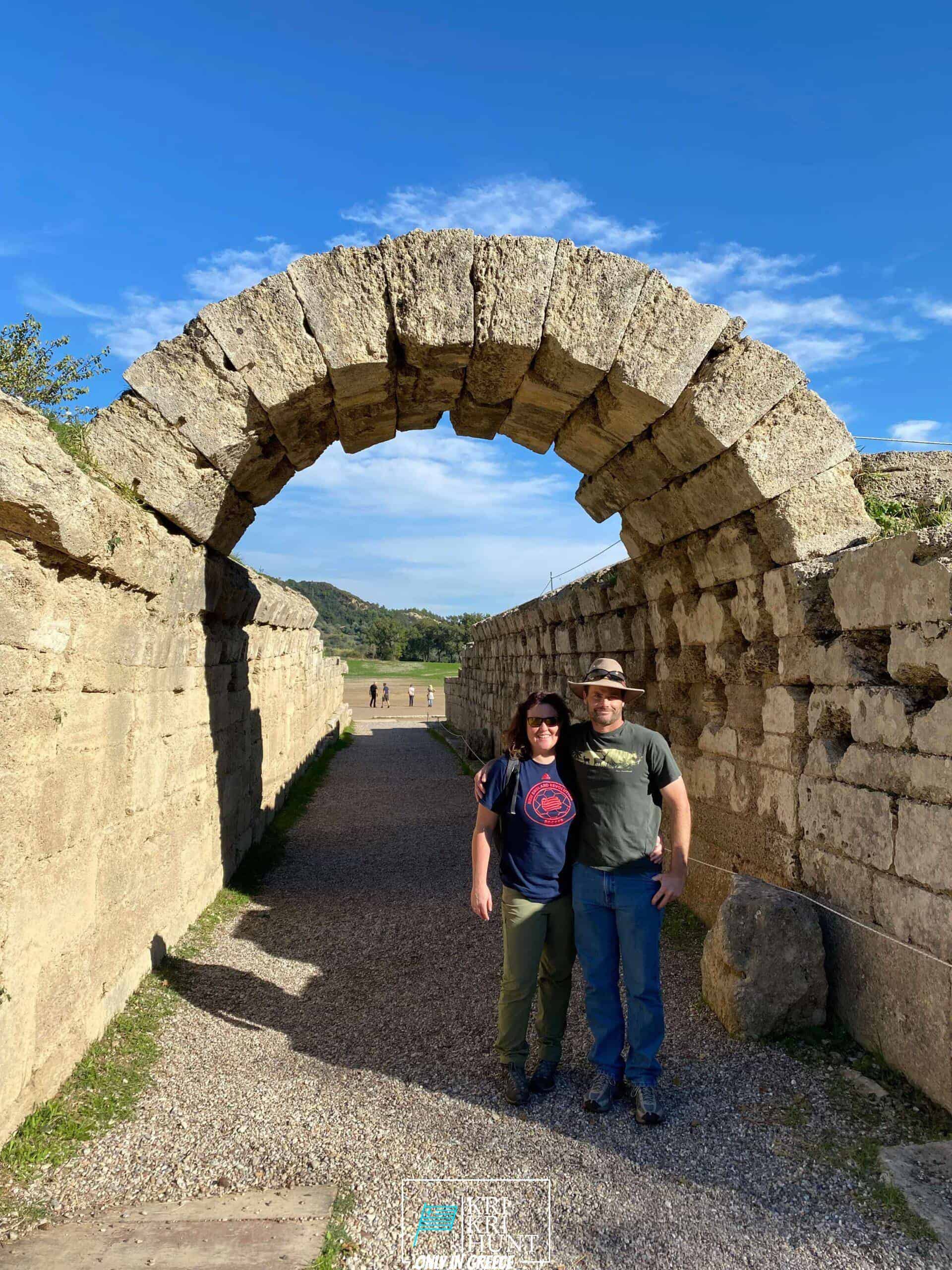
To many individuals, The Peloponnese peninsula on the Greek Mainland is the 'actual' Greece, where things have not transformed much in any way over the centuries despite the fact that many individuals have actually discovered it. This is an area where you could conveniently invest a month, yet if you are short on time then our outdoor hunting, Fishing, totally free diving as well as exploring Peloponnese Tours from Methoni is a terrific option. Join us as we explore all that this lovely and also historical region needs to provide!

Pursuing the kri kri ibex in Greece is an uphill struggle for both global and also local hunters. Searching large game in Greece is restricted for global seekers, aside from wild boars as well as roe deer, which might only be hunted in secured searching areas. The kri kri ibex, an unusual goat varieties belonging to Greece, may be pursued on two different islands 140 miles east of Athens as well as 210 miles west of Athens. On these pursues, kri kri ibex and also mouflon might just be pursued in the morning as well as very early mid-day, based on Greek regulation. Only shotguns are enabled, and also just slugs may be made use of. If you wish to go on among these trips, you have to book a minimum of a year ahead of time. The licenses are supplied by the Greek Ministry of Nature as well as Agriculture as well as are issued by the government. Just severe seekers might participate in these hunts, so the licenses are limited by the government.
Our exterior searching, angling, as well as totally free diving scenic tours are the best means to see everything that Peloponnese has to offer. These excursions are made for travelers who want to leave the beaten path and actually experience all that this unbelievable region has to provide. You'll get to go searching in a few of one of the most attractive wilderness areas in Greece, fish in crystal-clear waters for a selection of various species, and also complimentary dive in several of one of the most stunning coastline in the Mediterranean. And best of all, our experienced overviews will certainly exist with you every step of the way to ensure that you have a risk-free as well as enjoyable experience.
Look no additionally than the Sapientza island in Greece if you are looking for Kri Kri ibex hunt and also remarkable getaway destination. With its stunning all-natural elegance, scrumptious food, and rich society, you will not be let down. Reserve among our searching and also touring Peloponnese Tours from Methoni today, dot forget your trophy Kri Kri ibex!
What is the diference between Kri Kri ibex, Bezoar ibex and hybrid ibex
The kri-kri is not thought to be indigenous to Crete, most likely having been imported to the island during the time of the Minoan civilization. Nevertheless, it is found nowhere else and is therefore endemic to Crete. It was common throughout the Aegean but the peaks of the 8,000 ft (2,400 m) White Mountains of Western Crete are their last strongholds–particularly a series of almost vertical 3,000 ft (900 m) cliffs called ‘the Untrodden’—at the head of the Samaria Gorge. This mountain range, which hosts another 14 endemic animal species, is protected as a UNESCO Biosphere Reserve. In total, their range extends to the White Mountains, the Samaria National Forest and the islets of Dia, Thodorou, and Agii Pandes.
This Ibex is NOT a diminutive form of the Bezoar Ibex, which has migrated into the western-most reach of the range of this species. The kri – kri (Capra aegagrus cretica), sometimes called the Cretan goat, Agrimi, or Cretan Ibex, is a feral goat inhabiting the Eastern Mediterranean, previously considered a subspecies of wild goat. The kri-kri has a light brownish coat with a darker band around its neck. It has two horns that sweep back from the head. In the wild they are shy and avoid tourists, resting during the day. The animal can leap some distance or climb seemingly sheer cliffs.
“The agrimi goat Capra aegagrus cretica is unique to Crete and its offshore islands. It has been identi®ed as a sub-species of the wild bezoar goat Capra aegagrus aegagrus Erxleben, 1777, which it closely resembles in horn shape, body form and coloration. This classi®cation has been disputed by some researchers who claim that the agrimi are feral goats, derived from early domestic stock brought to the island by the ®rst Neolithic settlers. In order to clarify this issue, DNA analyses (cytochrome b and D loop sequences) were carried out on tissue of live and skeletonized agrimi and compared to sequences of wild and domestic caprines. Results conclusively show the agrimi to be a feral animal, that clades with domestic goats (Capra hircus) rather than with wild Asiatic bezoar. This study demonstrates that morphometric criteria do not necessarily re¯ect genetic af®nities, and that the taxonomic classi®cation of agrimi should be revised.”